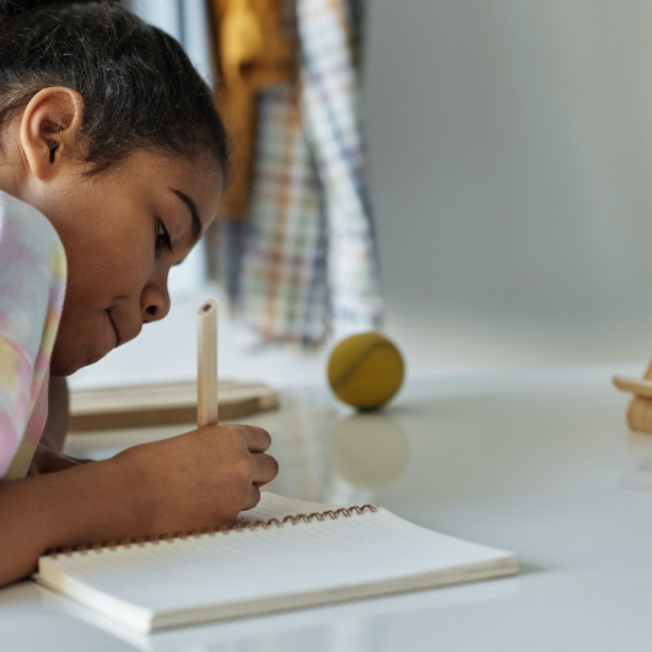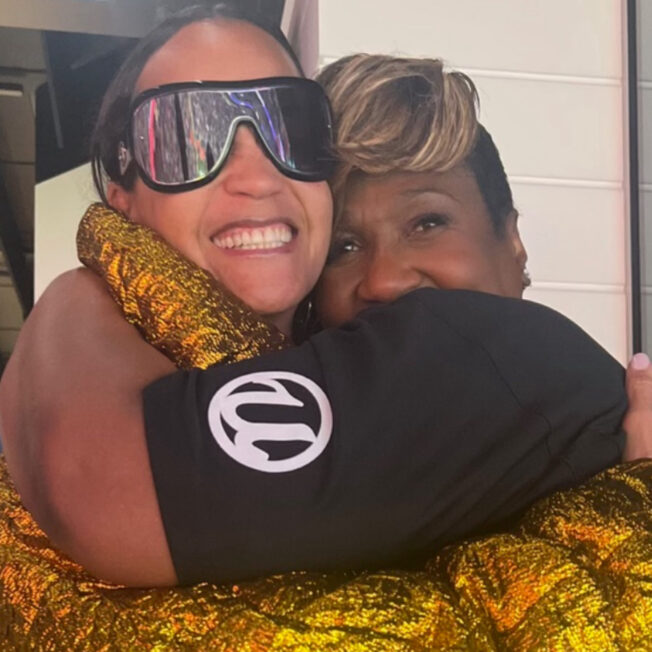Over the past year, we’ve all had to adapt when it comes to schooling. From pre-kindergarten all the way to doctorate classes, in-person education was thrown for a loop due to the pandemic, completely turned upside down by the prospect of the unknown. Distance learning became the societal norm for most, with everyone forced to adapt to the new rules without the help of professionals or resources to make it a seamless process.
Over the last 12 or so months, we’ve all gotten a taste of distance learning, but with vaccines rolling out and the world returning to the status quo, will this new normal include education?
The History of Distance-Learning
While online school dates back to around the mid-90s, it’s often thought that distance learning first spawned in the mid-19th century around the time when the United States Postal Service was developed. At the start, distance learning revolved around the correspondence between students and their professors via the postal service. Throughout the years, it’s developed into a more sophisticated educational program due to the internet and advanced technology.
In 1873, Ana Eliot Ticknor established the first official correspondence education program, aptly titled the “Society to Encourage Home Studies” in Boston. Nearly four decades later, a college in Australia would found its Department of Correspondence Studies, a form of education that also relied on its postal system. 35 years later, the University of South Africa, became a pivotal force in innovating distance learning, which became its mission and focus.
Throughout history, distance learning has continued to evolve, with the wheel being reinvented as technology developed. In the early 1950s, the University of House made history when they began offering televised college classes, running 13-5 hours of educational material each week, which equated to around 38% of their broadcast time. Distance learning hit a high as the internet became accessible for more personal use. In the late 1980s, the University of Phoenix became the first learning institution that operated entirely online, offering both bachelor’s and master’s degrees, followed seven years later, Jones International University, which became the first accredited fully internet-based college.
Since then, distance learning has only grown with the adoption of these digital models. New learning systems were developed, allowing for tens of thousands of instructors to be able to teach a wide variety of courses completely remote, reaching millions of students worldwide.
What once began as communication through the postal service evolved into a method of learning that has been adapted into variations of learning: from elementary school to higher education and one-off courses, making learning more customizable.
Distance-Learning During the Pandemic
In 2018, nearly 7 million college students were enrolled in at least one distance learning class. Just two years later, colleges nationwide were forced to temporarily exist on a digital-only mode due to rising coronavirus cases and health risks in place. Last summer, it was reported that 93% of households with school-aged children participated in some form of distance learning during the global shift.
Throughout the global shift, in-person and distance-learning fluctuated as infection ratings rose and decreased month to month. The pandemic has helped accelerate growth in the development of educational technology but has also put distance learning in the mainstream and poked holes in some of its abilities. One key challenge that had to be overcome through widespread distance learning: accessibility. Not all families had internet connectivity and if they did, there were issues with competition within the home. While mobile hotspots helped solve this issue, another core aspect of teaching remained: lesson planning. Teachers had the opportunity to change their approaches when teaching certain subjects in an online context and discover new strategies in order to teach certain concepts.
Beyond the ins and outs of education, as a result of distance-learning in full swing nationwide, there were the least amount of school shootings in recent years, decreasing the possibility of gun violence on school campuses. While data for schools during the last year isn’t readily available, it’s estimated that there were fewer suspensions and detentions issued while distance learning was in session. Historically, BIPOC students, especially Black students, are disproportionately disciplined compared to their white counters and the pandemic helped pause this system rooted in injustice. Studies show that the pandemic paused the US school-to-prison pipeline, which according to the ACLU is a “national trend wherein children are funneled out of public schools and into the juvenile and criminal justice systems.”
With distance learning set in place and the worries of rushing off to school and work in the mornings a thing of the past, families were able to spend more quality time together as a result. Studies have shown that 73% of families who have school-aged children have been able to spend more time in the mornings together, with 53% using that time to discuss current events. For many families, eating breakfast as a family has become less challenging during the pandemic and with distance-learning, dropping 22% from 70% pre-pandemic to 48% during the pandemic.
What’s Next for Distance Learning?
Just as distance learning has existed for centuries, it certainly won’t be going anywhere after the pandemic is a thing of the past. Hybrid learning is likely to stay, as teachers now have multiple mediums to teach through.
A recent survey showed that 1 in 5 districts are considering, planning to adopt, or have already adopted a fully online school for future years. One in 10 have also adopted hybrid instruction or has plans to in the future. Despite the challenges of distance learning during the pandemic, 20% of schools plan to establish and expand their online course offerings for families who have embraced the flexible life and teaching style.
Adopting these digital and hybrid models helps accommodate the demand from both parents and students and can meet the needs during these uncertain times. While distance learning might not have been new to some families, it opened new doors of opportunity to those new to the concept put in action. Most of all, it showed that families have options at the end of the day, and their preference is up to their choosing.




















